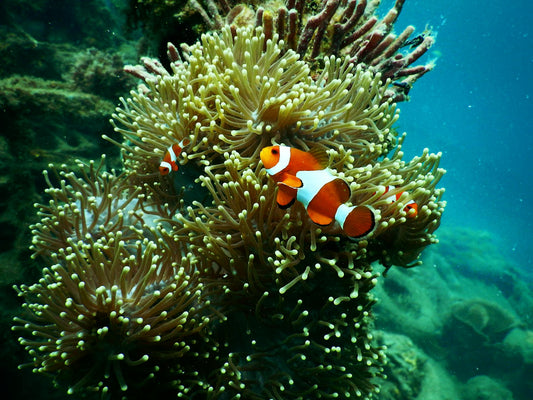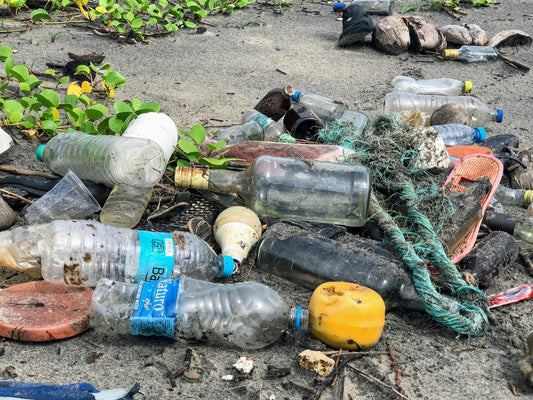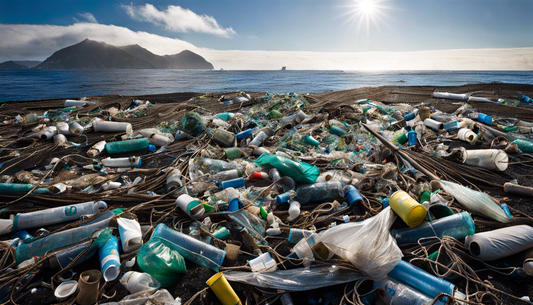Share
Discovering Plant Extinctions: A Blast from the Icy Past:
Brand new research conducted by the Alfred Wegener Institute packs a punch. It focused on plant species' widescale loss because of global warming. It's estimated that since 1750 our world has witnessed the extinction of around 600 plant species; that's twice the tally of lost animal species. Our verdant friends from historical eras can offer significant insights into how global warming is transforming Earth's biodiversity.
Channeling our Inner Sherlock: The Investigation:
Leaning on the past, the researchers studied plant DNA fragments found in lake sediments, enabling them to understand how flora composition changed from 15,000 to 11,000 years ago during the last ice age. This period is considered the last significant mass extinction event before today. By analyzing old DNA extracted from sediment cores from Siberian and Alaskan lakes, the research took a deep dive into historical vegetation changes.
Temperature Change: A Roller Coaster for Nature:
What they discovered was far from dull: species appearance and disappearance were evidently linked to temperature and how plants interacted with each other. The cold climate appeared to encourage plant species to support each other, while the warmer periods were more about competition. They also found that cushion plants potentially aided the expansion of other species by forming protected habitats.
The Curious Case of Cushion Plants:
However, there's a catch. As the Arctic warms up, woody plants are starting to dominate, and this could lead to the extinction of the cushion plants that aid their survival. In our current climate, the decline in plant diversity is also attributed to the migration of trees and shrubs into tundra regions, contrasting with the higher plant diversity during colder periods.
Extinctions Amid Warming: Any Plants at Risk?
Based on their research, grasses and shrubs appear to face a higher extinction risk compared to woody species in a warming world. Additionally, species in regions with high biodiversity are more often at risk than less unique species. The surprising catch? Extinction rates peaked several thousand years after environmental changes, suggesting the full impact of today's human activities may not reveal themselves until far in the future.
The Knowledge Key: Looking Forward:
The study findings offer profound insights into how global warming affects biodiversity and the mechanisms at play. It also helps us better assess the ongoing changes in Arctic ecosystems. Takeaways from the study underscore the importance of long-term understanding of biodiversity and ecological interactions to predict the impacts of climate change better. The answers present in the DNA of old sediments are promising keys to unlocking this knowledge.
We hope you enjoyed this article. Please feel free to leave a comment below if you want to engage in the discussion.
If you want to read more like this, make sure to check out our Blog and follow us on Instagram. If you are interested in truly sustainable products, check out our Shop.
Check out the original source here.








